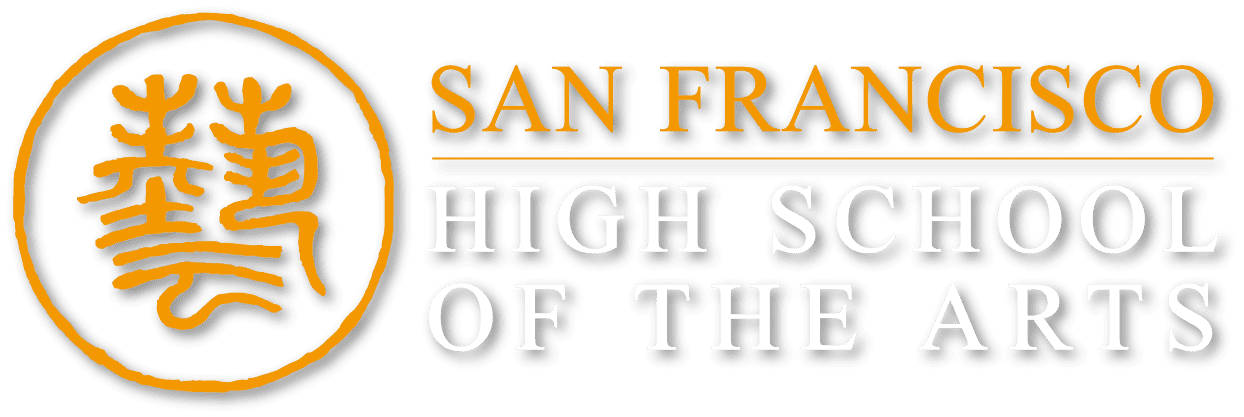Front Page News
January 20, 2023
Mr. Brian Nieh, an ‘ABC’ (American born Chinese) with very Asian parents
It may just be another holiday where you get a day off from school to some. However, for many Chinese (and Asian) families, this is the biggest holiday of the year; bigger than Christmas and Thanksgiving and Labor Day combined.
This holiday is based on the lunar calendar’s 1/1, as opposed to the Gregorian calendar more widely adopted. The lunar calendar follows the cycle of the moon, which is why CNY shows up on different dates depending on the year. Curious what your “lunar birthday” is? There are a handful of websites that will calculate it for you, including this site. Apparently my birthday is May 4, 4686. So either I’m reallllly old if it’s B.C. or a time-traveler? Let’s…get back to the holiday…
For two weeks, families travel for however far they live to join together and feast, similar to Thanksgiving. They celebrate family, being together, family ancestry and respect for elders. Also, there’s loads of food. It’s typical to prepare 10 fancy dishes, which include fish (魚 yú sounds likes 餘 ‘surplus’, and there’s a saying 年年有餘 nían nían yôu yú, ‘wishing to have a surplus at the end of the year’, ask your Chinese teachers for more details), dumplings (they are shaped like ancient silver ingot bars, so eating them will bring you fortune), and chicken (雞 jī, which sounds similar to 吉 meaning ‘good luck’ or ‘prosperity’). Best part: if you don’t finish it, you take a break and then continue eating after.
During the two week celebration, there are several customs, such as hanging lanterns (which ward off bad luck), adopting a kumquat tree (in cantonese, kumquat is gam gat sue, where gam 金 is the word for ‘gold’ and gat sounds like ‘good luck’)
lighting fireworks. Hanging door couplets and other red things at your door is said to ward off the dreaded ‘nían’ monster, which terrorized small villages during new years, until a monk passing through taught the villagers to scare off the monster using fireworks and the color red, like an anti-bull, before the monk finished it off using his magical powers.
But really, most people know Chinese New Year for the wonderful tradition of red envelopes 紅包 hóng bāo. The older generations were tasked with giving red envelopes filled with money (or coal if you’ve been bad), as long as the younger generations show filial piety and respect to their elders, and of course saying the magic words:
恭喜發財,紅包拿來
gōng xî fā cái, hóng bāo ná lái
Wishing you good luck and good fortune, now hand over the red envelope.
(alternatively, if you’re cantonese, you can say gong hei fat choy)
While unfortunately we may not celebrate for the full two weeks, we have 3 separate days of celebration to enjoy, including our full-time dumpling celebration dinner, no school on Monday, and our HSArts Community CNY Celebration next Friday. Hope to see you all there! 新年快樂 xīn nían kuài lè!
